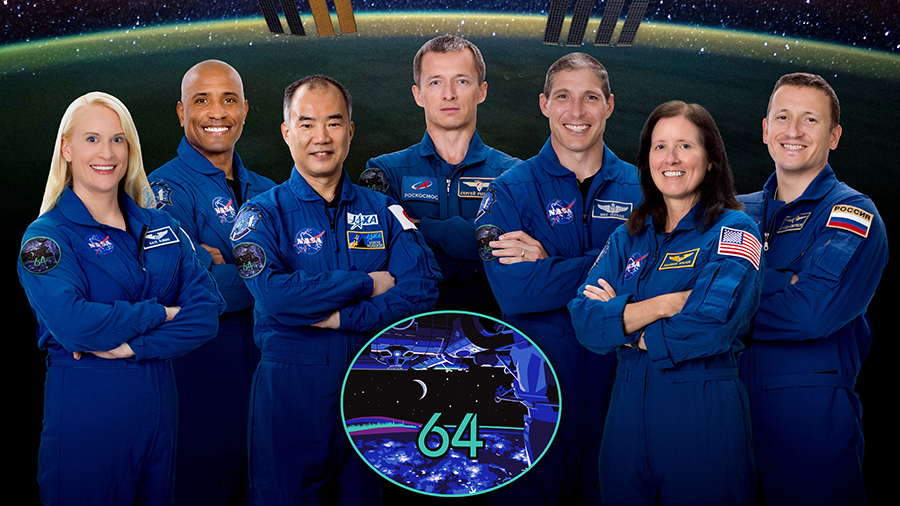
NASA and Boeing now are targeting March 29 for the launch of Starliner’s second uncrewed flight test to the International Space Station as part of the agency’s Commercial Crew Program. Orbital Flight Test-2 (OFT-2) is a critical developmental milestone on the company’s path toward flying crew missions for NASA.
For the OFT-2 mission, the CST-100 Starliner spacecraft will launch on a United Launch Alliance Atlas V rocket from Space Launch Complex-41 at Cape Canaveral Air Force Station in Florida, dock to the International Space Station and return to land in the western United States about a week later as part of an end-to-end test to prove the system is ready to fly crew.
The OFT-2 Starliner spacecraft is nearing final assembly inside the company’s Commercial Crew and Cargo Processing Facility at NASA’s Kennedy Space Center in Florida. The vehicle’s reusable crew module has been powered up and final checkouts of the avionics, power and propulsion systems are nearing completion. The spacecraft’s parachutes, landing airbags, base heat shield, and its back shells are installed signifying the completion of the vehicle build phase. In the coming weeks, teams will load the crew module with cargo, including Rosie the Rocketeer, and weigh the vehicle before mating it to its service module, which is already complete.
In parallel, Boeing technicians continue to refurbish the crew module flown on Starliner’s first Orbital Flight Test while also building a brand-new service module for NASA’s Boeing Crew Flight Test (CFT), which is now targeting launch in summer 2021, following a successful OFT-2 mission.
NASA astronauts Barry “Butch” Wilmore, Mike Fincke, and Nicole Mann continue to train for CFT, the inaugural crewed flight of the Starliner spacecraft. After the completion of both test flights, NASA astronauts Sunita Williams, Josh Cassada and Jeanette Epps will launch on the Starliner-1 mission, the first of six crew rotation missions NASA and Boeing will fly as part of the agency’s Commercial Crew Program.
Read the full story here.







